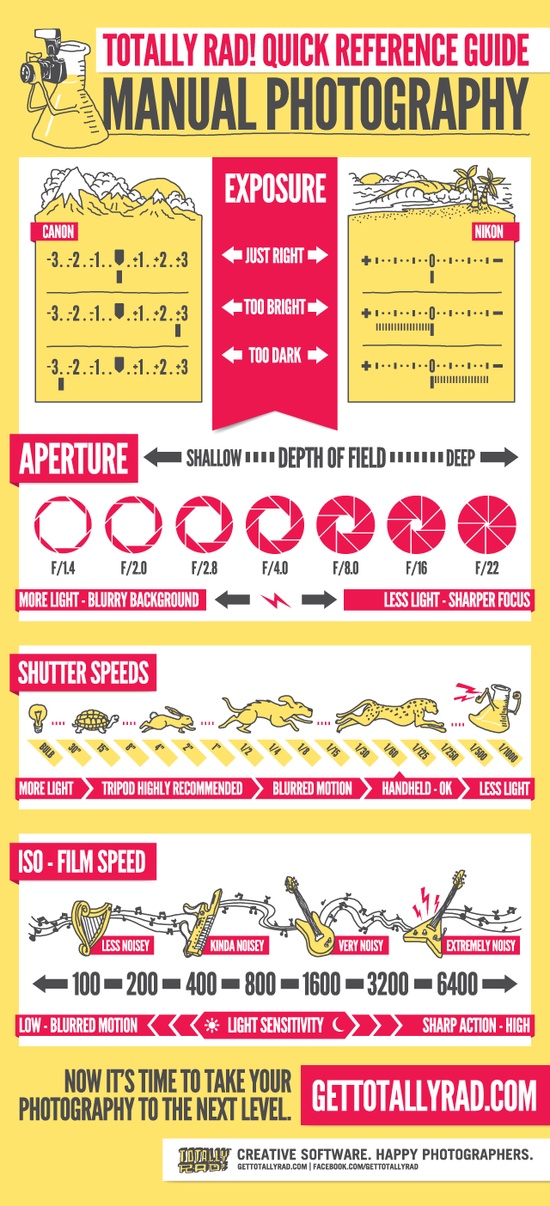Join Us To Uncover Essential Digital Photography Suggestions That Will Certainly Open Your Cam'S Possibility-- Prepare To Record Stunning Photos In No Time At All!
Join Us To Uncover Essential Digital Photography Suggestions That Will Certainly Open Your Cam'S Possibility-- Prepare To Record Stunning Photos In No Time At All!
Blog Article
Content By-Barrett Turan
When you first grab your electronic camera, it can feel overwhelming with all the setups and alternatives offered. visit this site right here might find yourself wondering how to browse aperture, shutter rate, and ISO successfully. Understanding these principles is crucial, however there's more to photography than just technical knowledge. Comprehending make-up strategies and lighting conditions can elevate your photos considerably. So, suppose you could discover easy techniques to enhance your skills and start capturing impressive pictures faster than you think? Let's explore just how to change your digital photography trip.
Comprehending Cam Settings
Comprehending your camera settings is crucial for catching spectacular pictures. When you pick up your cam, acquaint yourself with the 3 major setups: aperture, shutter rate, and ISO. Each plays an essential duty in exactly how your images end up.
Beginning with aperture, which regulates the quantity of light entering the lens. A bigger aperture (reduced f-number) lets in a lot more light and produces a lovely background blur, ideal for pictures. Conversely, a narrower aperture (greater f-number) maintains more of the scene in focus, ideal for landscapes.
Next off, concentrate on shutter rate. This setting figures out how long your cam's sensing unit is subjected to light. A rapid shutter speed ices up motion, which is terrific for activity shots, while a slow-moving shutter speed can develop stunning impacts like smooth water in landscapes.
Last but not least, readjust your ISO. click this site influences your camera's level of sensitivity to light. A greater ISO serves in low-light scenarios but can present noise or grain. Go for the lowest ISO feasible while still attaining appropriate exposure.
Structure Methods
When you're out capturing, structure can make all the difference in exactly how your photos reverberate with visitors. Start by utilizing the regulation of thirds; picture your frame split right into nine equivalent sections with 2 horizontal and two vertical lines. Setting crucial elements along these lines or at their intersections to create balance and rate of interest.
Next, think about leading lines. These natural lines in your scene, like roadways or rivers, attract the customer's eye into the picture, guiding them with the tale you're telling.
Do not forget mounting; usage aspects within your scene, like trees or windows, to develop a frame around your topic, including depth and emphasis.
Also, keep an eye on your background. A chaotic background can sidetrack from your major topic, while a simple one assists it stand out.
Finally, trying out balance and patterns; they can produce a striking picture that records attention.
Learning Lighting Conditions
Mastering lights problems is vital for capturing stunning pictures, as the ideal light can transform an average scene into something remarkable.
Begin by observing natural light at different times of the day. Mornings and late afternoons offer the best light, referred to as the golden hour. The soft, warm tones during these times can enhance your pictures wonderfully.
Don't avoid cloudy days either; diffused light can decrease extreme darkness and produce a pleasing result, particularly for portraits.
Try out backlighting by placing your subject versus the light source. This strategy can create a dreamy halo impact and add deepness to your pictures.
Pay attention to your video camera settings as well. Change the ISO, aperture, and shutter rate to fit the lighting problems. A higher ISO can help in reduced light, however beware of grain.
Make use of a tripod in darker atmospheres to stay clear of blur.
Finally, do not fail to remember fabricated lighting. Flash and continuous lights can be great devices for managing light in difficult problems.
Conclusion
In conclusion, grasping your electronic camera doesn't have to be overwhelming. By recognizing your settings, applying structure techniques, and taking advantage of the power of all-natural light, you'll rapidly raise your photography abilities. Bear in mind, exercise makes best, so venture out there and trying out your newly found knowledge. With time and devotion, you'll be capturing stunning pictures that reflect your special point of view. Delight in the trip, and don't neglect to enjoy while you're at it!
